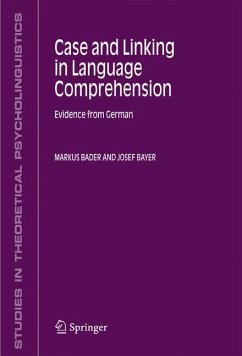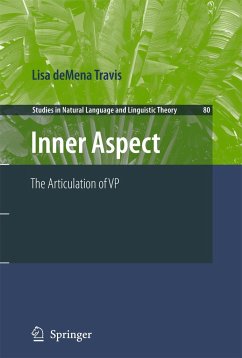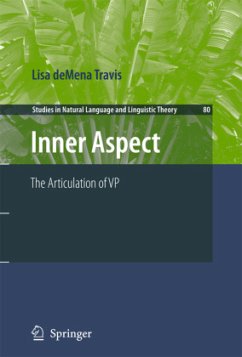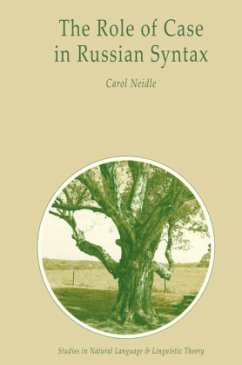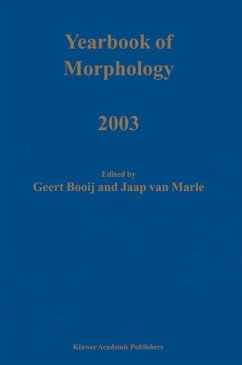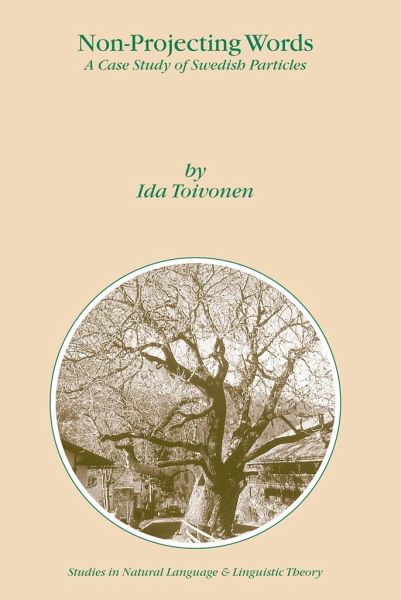
Non-Projecting Words
A Case Study of Swedish Particles

PAYBACK Punkte
51 °P sammeln!
Focusing primarily on Swedish, a Germanic language whose particles have not previously been studied extensively, Non-Projecting Words: A Case Study on Swedish Particles develops a theory of non-projecting words in which particles are morphologically independent words that do not project phrases. Particles have long constituted a puzzle for Germanic syntax, as they exhibit properties of both morphological and syntactic constructs. Although non-projecting words have appeared in the literature before, it has gone largely unnoticed that such structures violate the basic tenets of X-bar theory. Thi...
Focusing primarily on Swedish, a Germanic language whose particles have not previously been studied extensively, Non-Projecting Words: A Case Study on Swedish Particles develops a theory of non-projecting words in which particles are morphologically independent words that do not project phrases.
Particles have long constituted a puzzle for Germanic syntax, as they exhibit properties of both morphological and syntactic constructs. Although non-projecting words have appeared in the literature before, it has gone largely unnoticed that such structures violate the basic tenets of X-bar theory. This work identifies these violations and develops a formally explicit revision of X-bar theory that can accommodate the requisite "weak" projections.
The resulting theory, stated in terms of Lexical-Functional Grammar, also yields a novel classification of clitics, and it sheds new light on a range of recent theoretical proposals, including economy, multi-word constructions, and the primitives of lexical semantics. At an abstract level, we see that the modular, parallel-projection architecture of LFG is essential to the description of a variety of otherwise recalcitrant facts about non-projecting words.
Particles have long constituted a puzzle for Germanic syntax, as they exhibit properties of both morphological and syntactic constructs. Although non-projecting words have appeared in the literature before, it has gone largely unnoticed that such structures violate the basic tenets of X-bar theory. This work identifies these violations and develops a formally explicit revision of X-bar theory that can accommodate the requisite "weak" projections.
The resulting theory, stated in terms of Lexical-Functional Grammar, also yields a novel classification of clitics, and it sheds new light on a range of recent theoretical proposals, including economy, multi-word constructions, and the primitives of lexical semantics. At an abstract level, we see that the modular, parallel-projection architecture of LFG is essential to the description of a variety of otherwise recalcitrant facts about non-projecting words.





